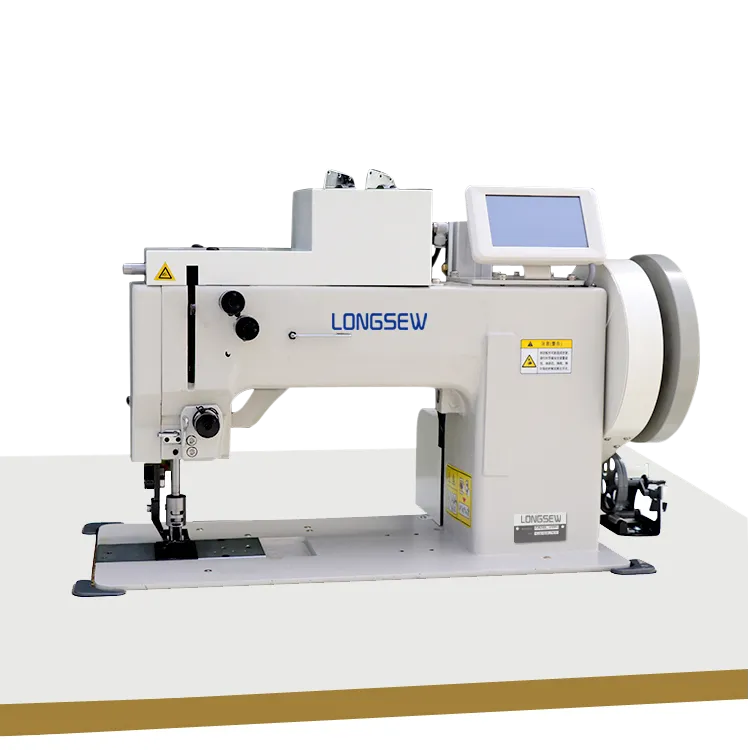sewing heavy material
Sewing Heavy Material Essential Techniques and Tips
Sewing heavy material can be a rewarding yet challenging endeavor. Whether you're working with canvas, denim, upholstery fabric, or leather, these robust materials require specific techniques and tools to achieve the best results. This article reveals essential tips and insights to help you tackle sewing heavy material confidently.
Understanding Heavy Material
Heavy materials are distinguished by their weight and thickness, which can significantly affect the sewing process. Typically, these fabrics are more durable and are often used in projects like bags, jackets, curtains, and outdoor gear. However, the characteristics that make them sturdy can also pose challenges, such as difficulty in handling, the tendency to skip stitches, and the need for specialized sewing techniques.
Tools of the Trade
1. Sewing Machine It’s crucial to use a sewing machine that can handle heavy materials. Look for machines designed for heavy-duty sewing, often featuring a powerful motor and a strong frame. Consider models with adjustable speed and adequate presser foot pressure.
2. Needles Choosing the right needle is fundamental. Universal needles can be suitable for many fabrics, but for heavy materials, opt for a denim or leather needle. These needles are designed with a larger eye and a thicker shaft, allowing them to penetrate dense fabric without breaking.
3. Thread Always choose a strong thread that complements your fabric. Polyester thread is a good option due to its durability and flexibility, while heavyweight cotton thread is ideal for projects requiring an authentic finish.
4. Presser Feet A walking foot is an invaluable tool for sewing heavy fabrics, as it helps prevent the material from shifting and allows for smoother feeding through the machine. Additionally, a teflon or roller foot is excellent for slippery materials like leather.
5. Cutting Tools Invest in high-quality fabric scissors and rotary cutters that can cut through thick layers with ease. Consider using a cutting mat to protect your surfaces and prolong the life of your blades.
Preparing to Sew
Before you begin, proper preparation can make a significant difference. Start by pre-washing and drying your fabric to prevent any unnecessary shrinkage after your project is completed. Always press your fabric before cutting to eliminate wrinkles and ensure accuracy in your measurements.
sewing heavy material

Techniques for Successful Sewing
1. Sewing Speed When sewing heavy material, it's advisable to slow down your pace. This allows more control over the fabric and minimizes the risk of uneven stitches or skipped stitches.
2. Layering If you’re working with multiple layers, consider using a longer stitch length (around 3.0 to 4.0 mm) to accommodate the thickness and ensure your stitches remain secure.
3. Pinning and Basting Heavily pin your fabric to keep it in place as you sew. You may also want to use a basting stitch to hold the layers together temporarily, especially around curves or seams that require precision.
4. Seam Finishing Heavy materials tend to fray, so it’s essential to finish your seams properly. Consider using a serger or a zigzag stitch to prevent unraveling and provide extra durability.
5. Topstitching For a professional finish, use topstitching on seams that might bear extra strain, like bags or outerwear. Topstitching not only adds visual interest but reinforces the seam.
Troubleshooting Common Issues
- Skipped Stitches If your machine is skipping stitches, check that you are using the right needle and that it is correctly installed. Also, ensure you are using high-quality thread.
- Fabric Bunching To prevent bunching, use a walking foot, and don’t pull the fabric as you sew. Allow the machine to do the work.
- Tension Problems If you're experiencing tension issues, especially with thicker threads, make necessary adjustments to your machine's tension settings.
Conclusion
Sewing heavy material can be an enjoyable experience with the right tools and techniques. By equipping yourself with the knowledge to handle challenges that arise, you can create sturdy, high-quality projects that stand the test of time. Whether you are making a durable bag, a cozy set of curtains, or striking upholstery, mastering the art of sewing heavy materials opens up a world of possibilities in your sewing journey.
-
Industrial Cylinder Arm Sewing Machine: Revolutionizing Heavy-Duty SewingNewsJul.28,2025
-
Cylinder Arm Sewing Machine: Perfect for Special Sewing ApplicationsNewsJul.28,2025
-
Cylinder Bed Sewing Machine: Essential for Sewing Complex MaterialsNewsJul.28,2025
-
Heavy Duty Sewing Machine: The Essential Tool for Industrial ApplicationsNewsJul.28,2025
-
Computerized Pattern Sewing Machine: Revolutionizing Precision StitchingNewsJul.28,2025
-
Heavy Duty Industrial Sewing Machine: Power Meets PrecisionNewsJul.28,2025
-
Leather Sewing Machine: The Industrial Standard for Tough MaterialsNewsJul.18,2025





























